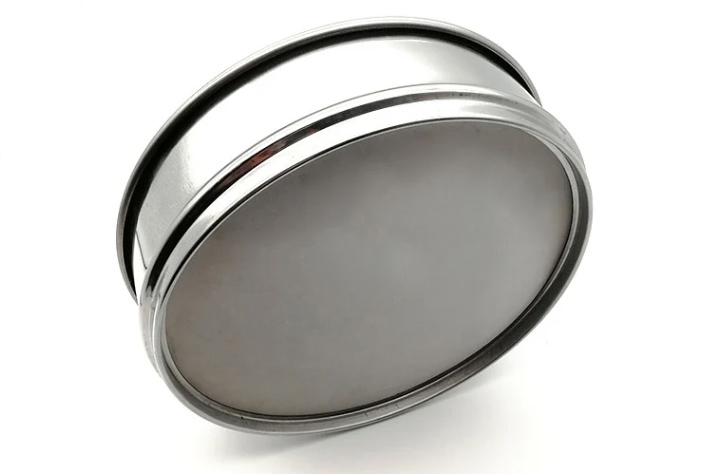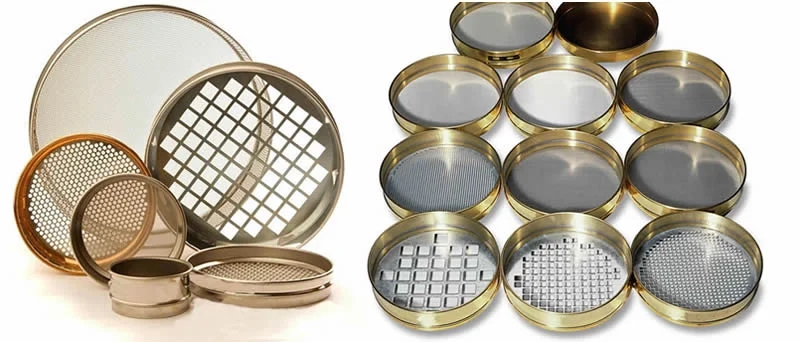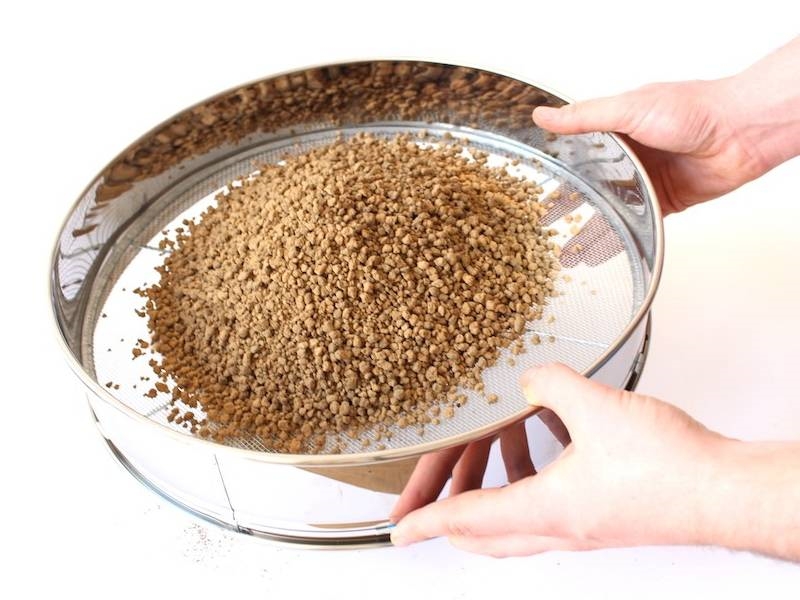Dry sieve test is a commonly used screening method for granular materials, which is used to determine the particle distribution of different particle sizes in the material. Compared with the wet sieve test, the Dry sieve test is more suitable for dry granular materials. Sieving methods of dry sieve test will be introduced in detail below.


First, determine the required screen specifications according to your needs. Screens are usually made of metal or synthetic materials and come in various pore sizes. Select the appropriate screen combination to cover the desired particle size range. Commonly used screen specifications include standard screen mesh and fine screen mesh. Choose the appropriate screen mesh according to your needs.
Prepare a representative sample and prepare it to the appropriate particle size. For powdery materials, physical or mechanical methods are usually used for crushing and grinding to obtain the desired particle size range. Make sure the sample is sufficiently dry to avoid possible particle sticking issues during wet sieving testing.

(1) Put an appropriate amount of sample into the feed port above the screen, and cover the feed port with a cover or your palm.
(2) Use appropriate force and frequency for vibration to sieve the particles on the screen. Manual vibration or mechanical vibration devices can be used.
(3) After continuing to vibrate for a period of time, stop the vibration, collect the unpassed particles above the screen, weigh and record.

After the screening operation is completed, the data obtained from the screening needs to be processed and analyzed. Here are some common data processing methods:

(1) Gravimetric analysis method: Collect and weigh the particles on each sieve, and calculate the mass of the particles on each sieve. According to the sieves with different mesh sizes, the mass distribution of particles in different particle size ranges can be obtained.
(2) Cumulative analysis method: Accumulate the particle mass on each screen to obtain the cumulative mass percentage curve. This curve reflects the cumulative percentage of particles in different particle size ranges.
(3) Calculation of fineness modulus: Fineness modulus is an indicator of the uniformity of particle distribution. The uniformity of particles over different particle size ranges can be evaluated through fineness modulus calculations.
(4) Particle size distribution curve drawing: According to the screening results, the particle size distribution curve can be drawn to intuitively reflect the distribution of particles in different particle size ranges.

Address:China,Yanjin county forest park gate to the west 1000 meters north road.